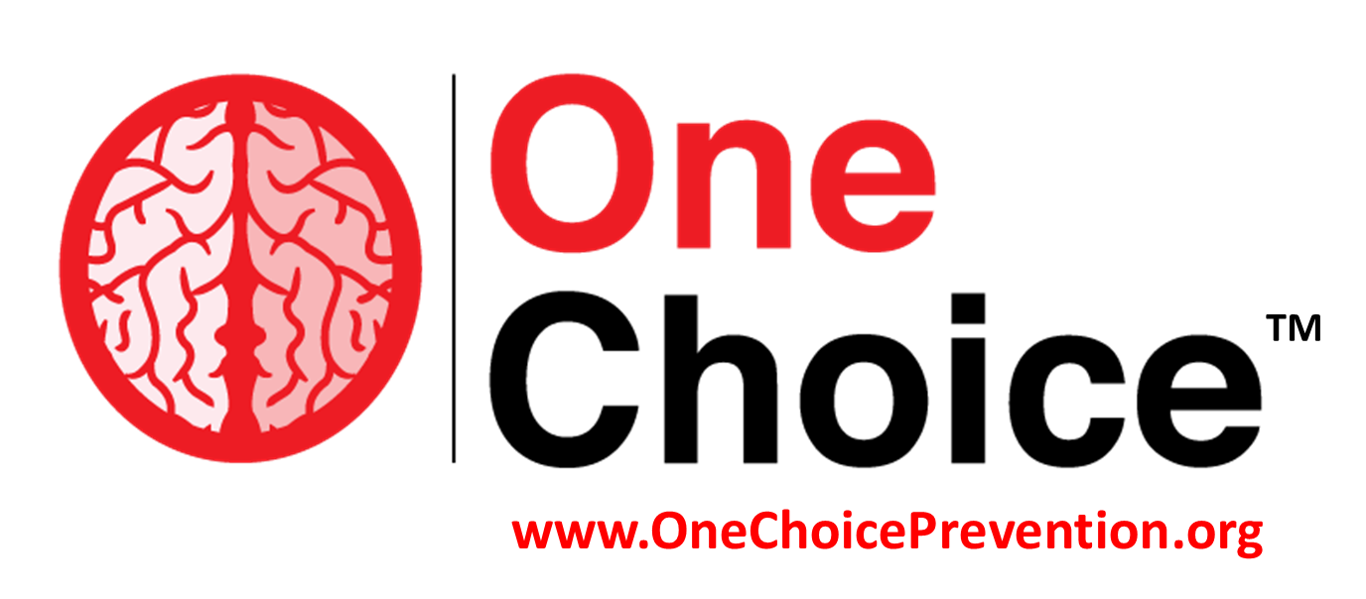In response to The Washington Post’s series on fentanyl, IBH President Robert L. DuPont, MD authored a letter to the editor, published on December 16, 2022:
The Cartel Rx series is an important contribution, recognizing the immensity of the U.S. fentanyl overdose problem and the inadequacy of efforts to turn back the devastating tide over the past two decades; however, three essential realities were overlooked.
First, there are virtually no drug overdose deaths where fentanyl is the only drug present. The “fentanyl” problem is 100 percent a polydrug problem. The United States has a five-decades-long history of demonizing one drug at a time (i.e., heroin, cocaine, methamphetamine, prescription opioids), yet these were, and still are, polydrug problems.
Second, the only way to meaningfully reduce the supply of fentanyl and other nonmedical drugs is to take away the $150 billion spent by Americans who use them. Leave that on the table, and there is no end to the supply by drug-trafficking organizations eager to collect money. There is nothing unique to either Mexico or China regarding fentanyl. It is easily synthesized anywhere in the world.
Third, though each overdose death is a tragedy for the individuals, their families and friends, most who use illicit drugs are well aware of the deadly risk of fentanyl and other drugs. The series noted more than 9 million opioid users in the country and more than 107,000 deaths; that is about 1 in 100 illegal opioid users dying of an overdose each year.
Robert L. DuPont, Chevy Chase
The writer, the first director of the U.S. National Institute on Drug Abuse and the second White House drug czar, is president of the Institute for Behavior and Health.
See the coverage on The Washington Post.
















